India’s Tier-2 and Tier-3 cities are set to become the driving force behind the country’s electric vehicle (EV) revolution. These smaller towns are well-positioned for accelerated EV adoption due to their distinct lifestyle patterns, rising aspirations, and evolving infrastructure. This article explores the factors fueling EV adoption in these cities and offers insights into how manufacturers and policymakers can capitalize on this opportunity.
Table of Contents
Why Tier-2 and Tier-3 Cities are Leading EV Adoption
Compact Urban Layouts and Shorter Commutes
Tier-2 and Tier-3 cities typically feature compact urban geographies, making them ideal for the capabilities of EVs. Unlike Tier-1 cities, these smaller towns have shorter commute distances, which:
- Reduce reliance on high-range EVs.
- Eliminate range anxiety.
- Make affordable, entry-level EVs like two-wheelers and compact cars suitable for daily use.
This geographical advantage reduces the need for extensive charging networks, allowing EV adoption to thrive even in the early stages of infrastructure development.
Availability of Home-Based Charging
Smaller towns offer unique advantages when it comes to charging infrastructure:
- Dedicated Parking Spaces: Most homes in Tier-2 and Tier-3 cities have private parking areas, enabling convenient overnight charging.
- Stable Electricity Supply: Nighttime electricity usage is low, making it easier to charge EVs without straining the grid.
- Solar Rooftops: Increasing adoption of solar panels enhances power reliability and reduces costs.
These factors minimize dependence on public charging infrastructure, further boosting EV adoption.
| Advantages of Tier-2 and Tier-3 Cities | Details |
|---|---|
| Compact Urban Layouts | Ideal for short-range EVs without range anxiety |
| Dedicated Home Parking | Convenient overnight charging options |
| Stable Electricity and Solar Power | Reliable and cost-effective power solutions |
Cost Efficiency: A Key Driver

Consumers in smaller cities are highly value-conscious, focusing on long-term cost benefits. EVs offer significant savings through:
- Lower Running Costs: Electricity is cheaper than petrol or diesel, leading to lower operational costs.
- Minimal Maintenance: EVs require fewer moving parts, reducing maintenance expenses.
- Short-Distance Travel Efficiency: EVs excel in daily commutes, making premium, long-range models unnecessary.
This focus on cost efficiency aligns perfectly with the needs of Tier-2 and Tier-3 consumers, making EVs an attractive option.
Cost Comparison: EVs vs. Conventional Vehicles
| Expense | Electric Vehicle (EV) | Conventional Vehicle |
| Fuel/Energy | Lower (electricity cost) | Higher (petrol/diesel) |
| Maintenance | Minimal | High (engine repairs) |
| Lifetime Costs | Significantly lower | Higher overall |
Digital Awareness Bridging the Gap
The rise of digital penetration has played a crucial role in increasing EV awareness in smaller towns. Smartphones, social media, and online platforms have:
- Educated consumers about EV benefits.
- Provided easy access to product comparisons and reviews.
- Reduced the hesitation to adopt new technologies.
This digital revolution has brought Tier-2 and Tier-3 consumers on par with their Tier-1 counterparts in terms of technological awareness.
Technology Adoption Trends
The success of innovations like smartphones and fintech in smaller towns demonstrates a growing readiness to embrace modern solutions, paving the way for EV acceptance.
Rising Aspirations and Economic Growth
The middle class in Tier-2 and Tier-3 cities has experienced significant growth in purchasing power. With rising disposable incomes, consumers in these regions are:
- Seeking aspirational products that reflect innovation and sustainability.
- Attracted to the novelty and environmental benefits of EVs.
- Influencing purchasing decisions within families, especially among younger demographics.
Strategies for Manufacturers and Policymakers
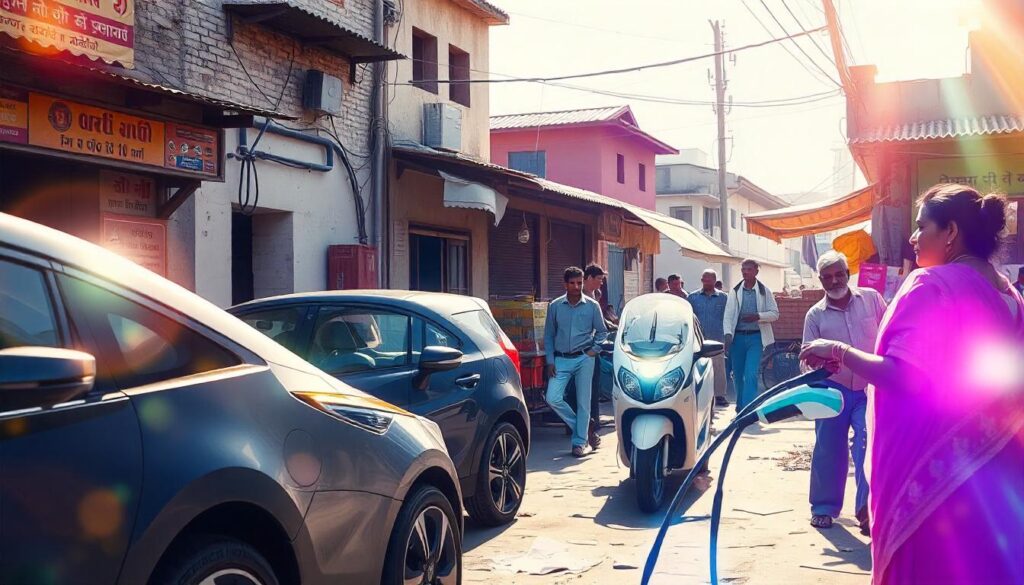
To maximize EV adoption in smaller cities, stakeholders must focus on tailored approaches:
Product Customization
- Design affordable, low-range EV models suited for local commutes.
- Incorporate removable batteries for added convenience.
Flexible Financing Options
- Offer EMI plans and subscription models to make EVs more accessible.
- Introduce leasing options for commercial and personal use.
Community Awareness Campaigns
- Highlight real-world cost savings and environmental benefits.
- Use testimonials and word-of-mouth campaigns to build trust.
- Conduct educational drives in schools and colleges.
Infrastructure Investments
- Prioritize home-based charging solutions.
- Encourage solar power installations through subsidies.
- Gradually expand public charging networks.
| Key Strategies | Details |
| Affordable EV Models | Tailored for local use in smaller cities |
| Flexible Financing | EMI, leasing, and subscription plans |
| Awareness Campaigns | Highlight benefits through real-world examples |
| Infrastructure Support | Focus on home charging and solar solutions |
India’s Tier-2 and Tier-3 cities are poised to lead the country’s transition to electric mobility. With compact urban layouts, cost-efficient solutions, and a readiness for innovation, these smaller towns offer unparalleled opportunities for EV growth. By tailoring products, policies, and infrastructure to the unique needs of these markets, manufacturers and policymakers can drive widespread adoption, paving the way for a sustainable and inclusive future in mobility.
Also Read: Why India’s smaller towns and cities are likely to adopt EVs faster

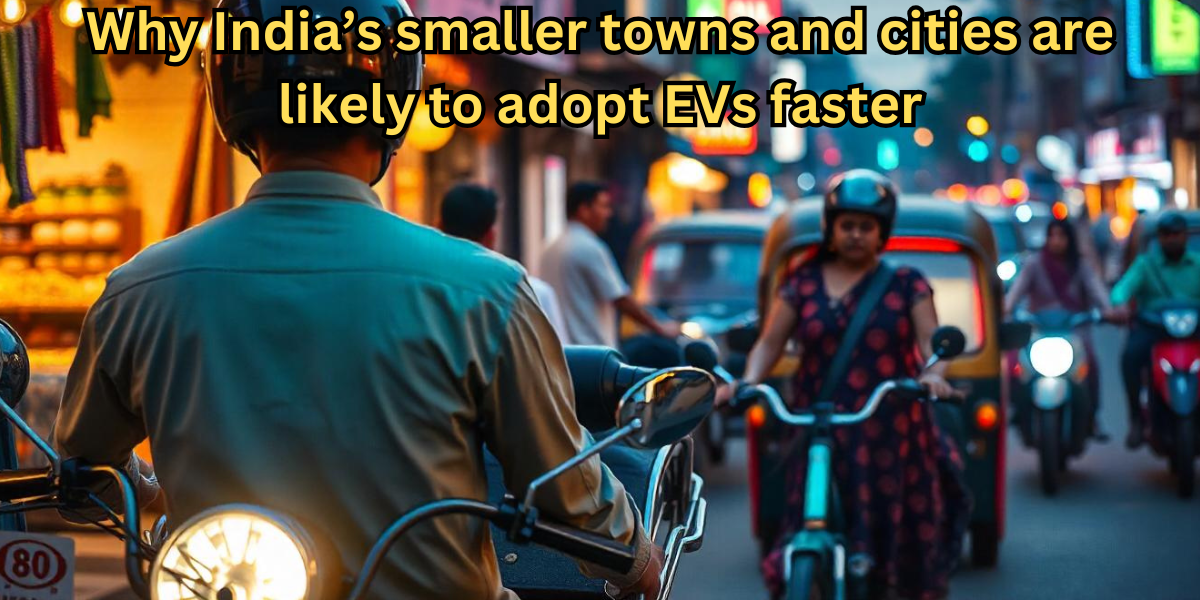

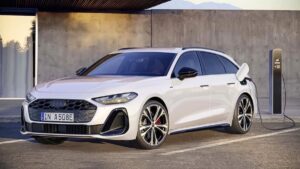


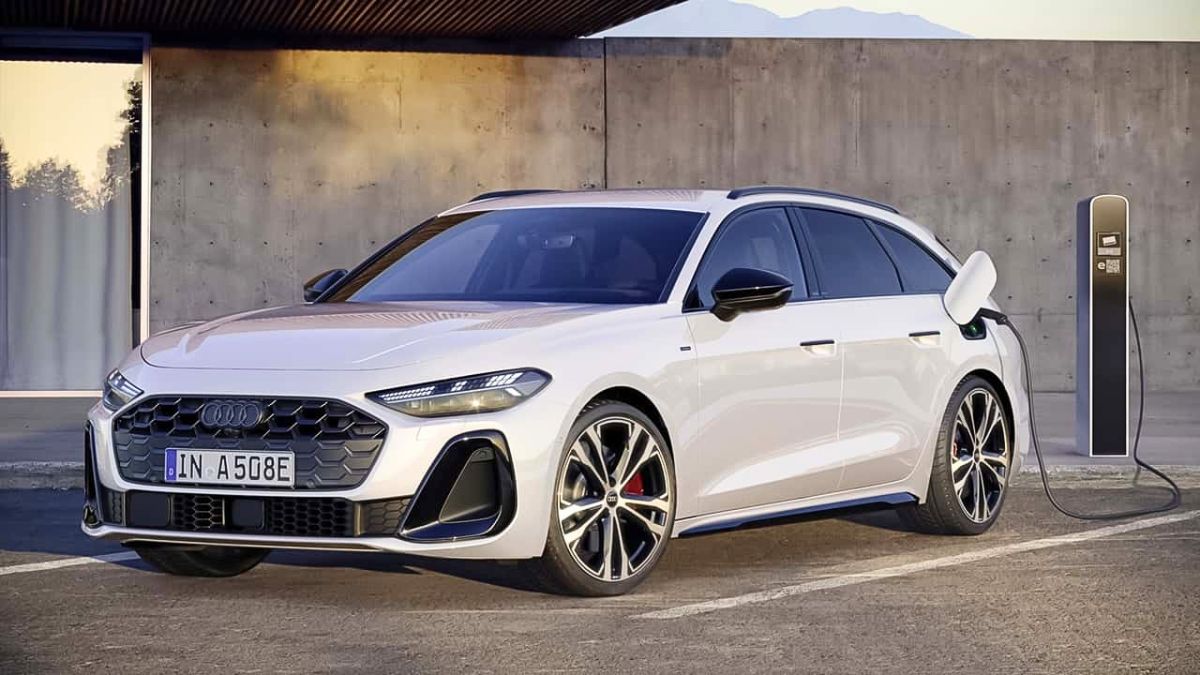

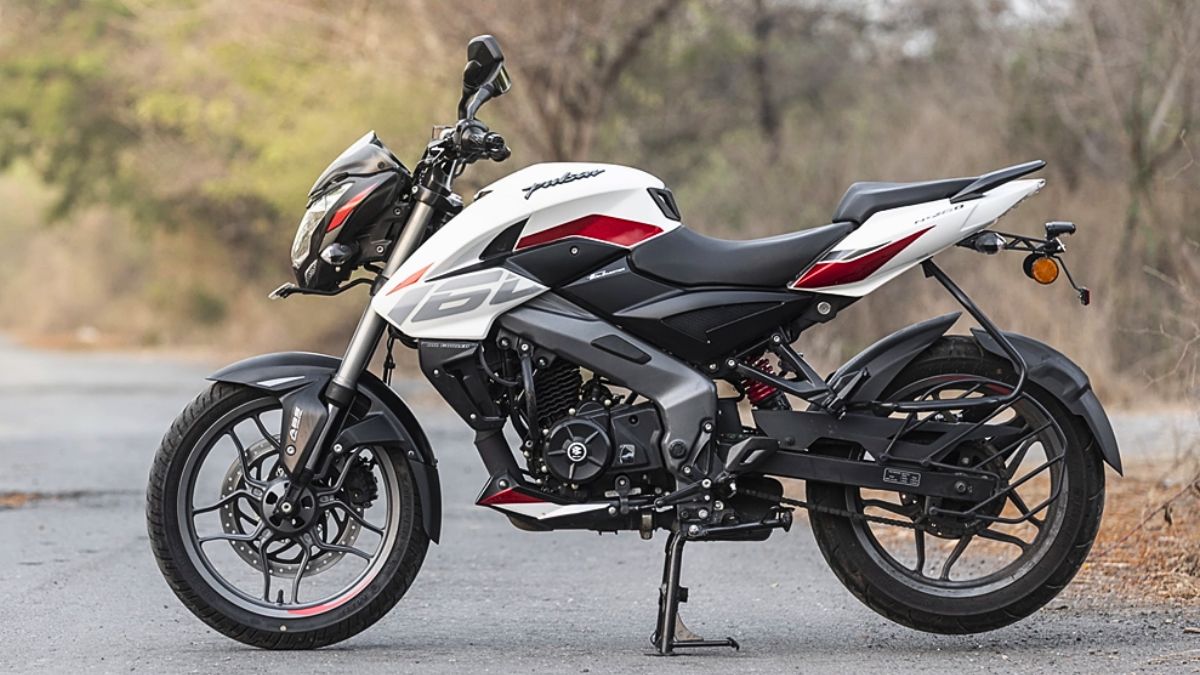
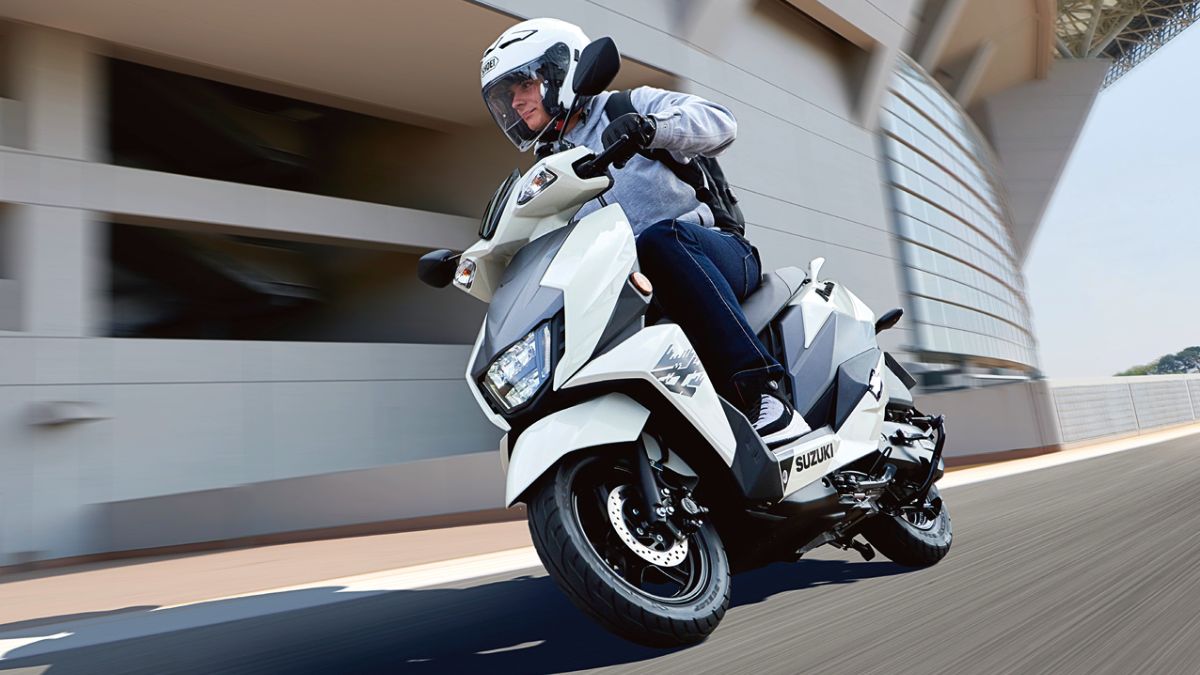

1 thought on “Why India’s smaller towns and cities are likely to adopt EVs faster”